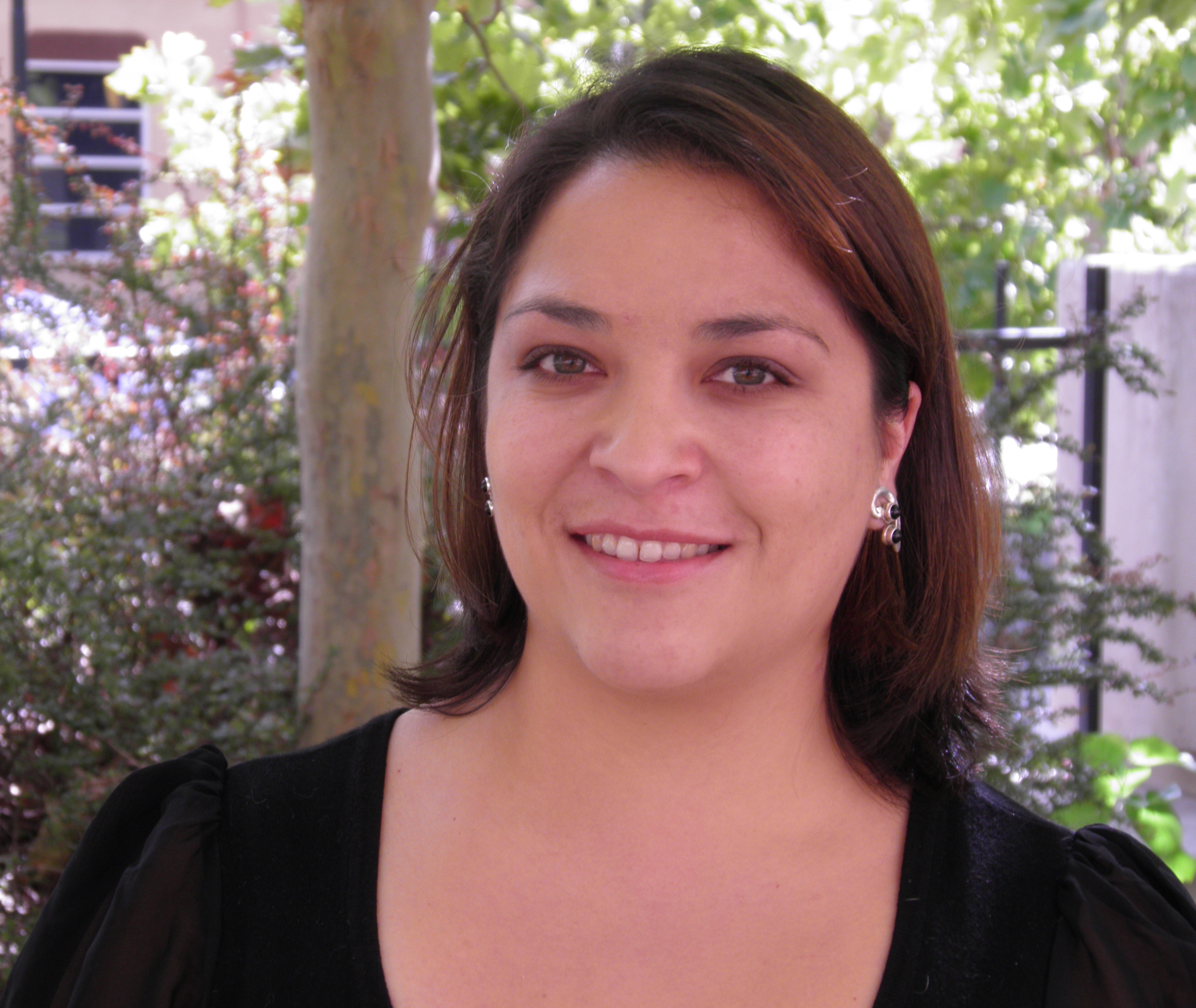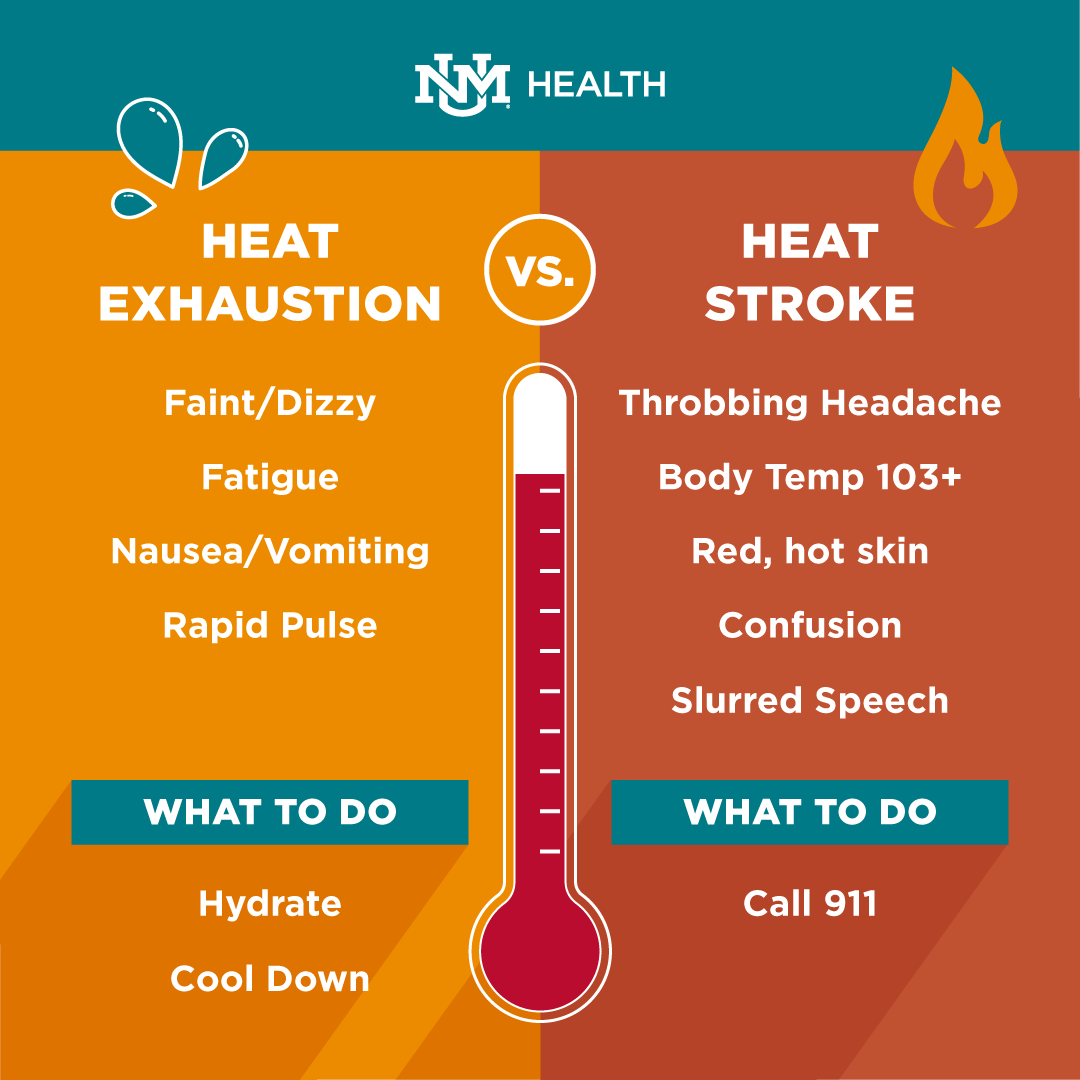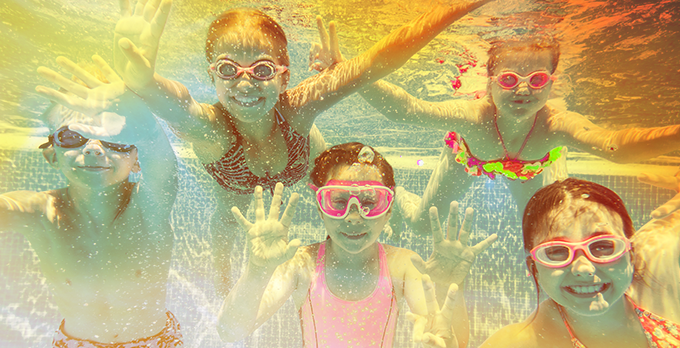Sizzling New Mexico summers don’t just bring the heat—they bring the people. Summer months are filled with friends and families enjoying swimming, hiking, biking, concerts, vacations and more. While for many it’s fun in the sun, for hospital emergency departments, summer is serious business.
Linda Hodes Villamar, MD, MPH, is the medical director of the emergency department at The University of New Mexico’s Sandoval Regional Medical Center – A Campus of UNM Hospital (SRMC).

Summer season is also known in the emergency department as trauma season. We see car accidents, ATV accidents, bike accidents. We’ll see people who have been out hiking and were injured because they weren’t prepared or weren’t properly hydrated.
As a Level III trauma center, SRMC’s teams are treating serious trauma-related injuries year-round, but in the summer, there’s a spike.
“A lot of that is because more people are out and about and they're doing fun things, but sometimes that fun can lead to injury and worse,” she says.
But Hodes Villamar says there are things that people and families can do to keep the ER out of their summer fun.
Hydration: Water, Water, Water
Summer safety all starts with hydration. It’s often the key to avoiding a trip to the hospital.
“Hydration is really key in a lot of these situations,” Hodes Villamar says. “I see a lot of patients who think they've been drinking a lot of water, but I guarantee you they have not been drinking a lot of water.”
So how much water is enough?
“If you're having to think about it, you’re probably behind,” she says. “Once you feel thirsty, you are already progressing towards dehydration.”
Unfortunately, there’s no magic number when it comes to how much water to drink, but Hodes Villamar says 70 ounces and above each day for most adults is a good goal. However, that is 70 ounces of a non-caffeinated and non-alcoholic beverage.
“Things like iced tea can dehydrate you because even a small amount of caffeine serves as a diuretic,” she says. “So, while it's hard to say an exact number, it's usually just more, more, and more water.”
Hydration for kids can be trickier.
“Kids are not going to always know when they're thirsty or be able to express that very well,” Hodes Villamar says.
She suggests scheduling hydration breaks while kids are playing or even making that part of the pay. If a child is resisting the water bottle, mixing it up with things like popsicles, low-sugar Jell-O, and milk can be helpful. It’s also important to minimize kids’ exposure to heat.
“Both the very young and the very old are particularly vulnerable to dehydration and heat-related illness. They're not able to regulate their body temperature as well. So, finding shade and maintaining hydration is extremely important.”
Know the Signs: Heat Stroke vs. Heat Exhaustion
Knowing the signs of heat exhaustion and heat stroke is also critical during the summer months:

“The main difference between heat exhaustion and heat stroke is the body's ability to regulate heat or temperature. Once you get into heat stroke, that ability is gone and organs can begin to fail,” Hodes Villamar says.
Sweat is also a good indicator. People experiencing heat exhaustion will still sweat, but once they’ve reached the point of heat stroke, they stop sweating.
“The temperature just keeps rising in the body and multiple organs start failing, including the central nervous system,” she says. “They'll display confusion, sometimes they’ll pass out and that's really a life-threatening emergency.”
Hodes Villamar says it’s important to intervene as soon as you see signs of heat-related illness.
“If someone is experiencing dizziness, headache, nausea, vomiting, excessive thirst, sweating, they're starting to show the signs of heat exhaustion. Those people need to get out of the heat and try to hydrate as much as possible. If they're not able to keep fluids down, that's an indication to seek emergency help so that they don't progress to heat stroke.”
Outdoor Preparation: Planning & Safety Gear
No matter what you like to do out in the summer sun, it’s important to be prepared. That’s everything from packing water, wearing the proper clothing, using sunscreen and taking appropriate safety precautions when doing activities outdoors.
When hiking or spending time outdoors, Hodes Villamar says it’s important to be aware of your surroundings and to know where you can seek shelter or shade when necessary.
“We have drastically rapidly changing weather here in our state,” she says. “You can go from 90 degrees, totally sunny to a full-on monsoon downpour. So, it’s important to know how to get to shelter rapidly and how to seek help.”
It’s also important to utilize the proper safety equipment when doing things like riding bicycles or using all-terrain vehicles (ATV). Hodes Villamar says it’s the people who don’t do these things that end up in the ER.
“We often see folks who forget or decide not to take advantage of safety harnesses, helmets and other protective gear,” she says “And the folks that we see with the most serious injuries from ATV accidents or bike accidents, motorcyclists, etc. are the folks who don't use those.”
She says helmets make a life-changing and life-saving difference.
“If we have someone come to us who was wearing a helmet, we are treating scrapes, maybe a broken arm, things like that, but they're leaving the hospital on their own accord usually the same day. The folks who come in and did not use a helmet are usually not conscious when they see us, they have serious head injuries and may never be the same again.”
Swim safety is also extremely important, especially when it comes to kids. Enrolling kids in swim lessons, talking to your kids about water, designating someone to watch kids in the pool and maintaining the proper fencing around pools is critical.
At the end of the day, Hodes Villamar says the teams at UNM Health are ready to take care of the community at any moment, but these precautions can help ensure a trip to the hospital isn’t an extended stay.
“I really hope that folks can see both UNM Hospital and SRMC as a source for care. Our emergency departments are always open and we're definitely able to see the full range of patients at both locations,” she says. “But we also want folks to go home and have fulfilling lives.”
